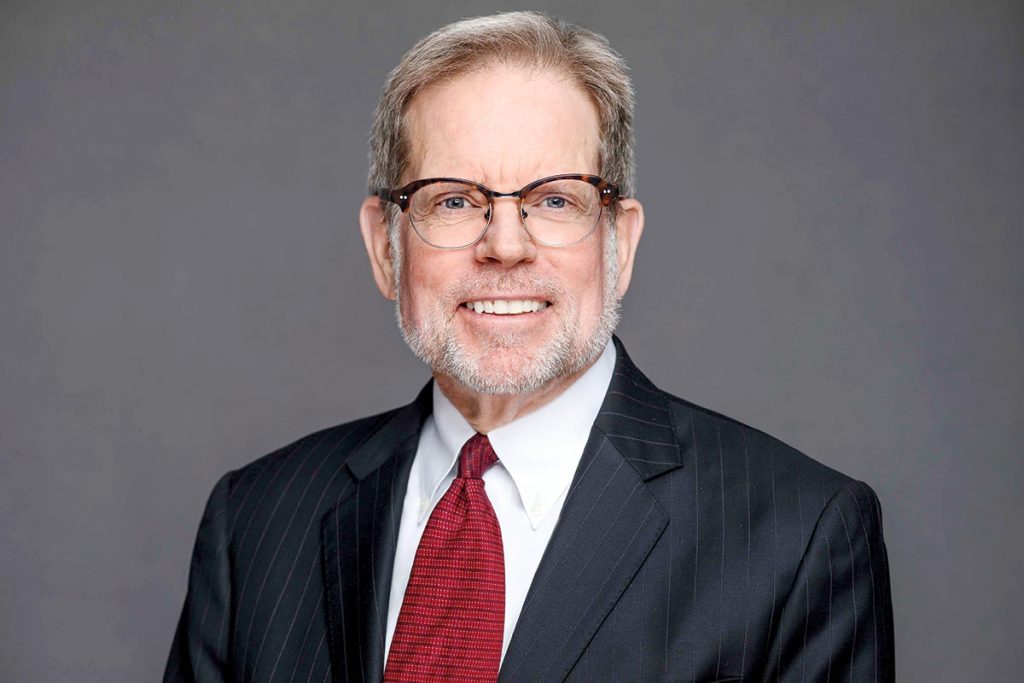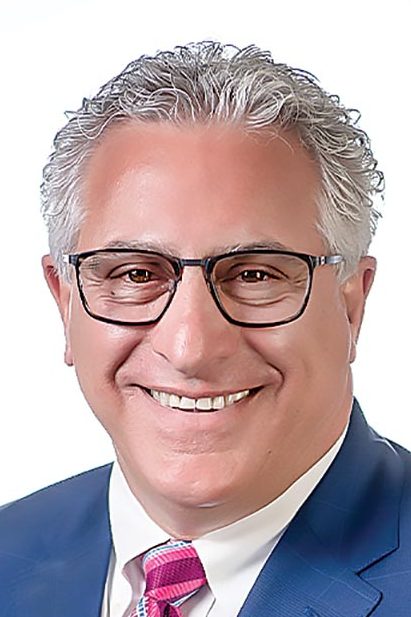Wall of Worry

Editor’s note: Pittsburgh Quarterly asked regional financial experts to respond in 200 words or fewer to this question: What are your expectations for inflation, interest rates and U.S. equities (stocks) this year, and how are you advising clients during this continuing market volatility and uncertainty? (Responses were submitted by late April.)
Previously in this series: Wall of Worry, Pt I

JAMES ARMSTRONG, HENRY ARMSTRONG ASSOCIATES
Recent bank failures vividly illustrate the dangers of investing based upon projections of future interest rates, or stock market levels. We don’t rely upon such notoriously inaccurate predictions. Instead, we try to build portfolios that can survive and prosper under a wide range of possible interest rates, inflation rates, and economic conditions. Our goal is to own companies that can come through unexpected economic periods to survive and thrive another day. Periods of uncertainty and volatility are inevitable and perennial, and we serve our clients best by focusing on the long term and staying the course during tough times. After a decade of interest rates held near zero by the Federal Reserve, and massive government spending designed to stimulate the U.S. economy, strange things are bound to happen. No one can reliably forecast how those things will unfold. Choosing companies and securities that have the strength to offer a margin of safety, and keeping our eye on the long term, can help to preserve our clients’ capital and make it grow. Part of our value to clients is to be available to consistently articulate and apply these principles when markets create stress and anxiety for them, and to keep a steady hand on the tiller.
BRIAN PIETRANGELO, KEY PRIVATE BANK
An economic slowdown may be at hand. Inflation and corporate earnings are also cooling. Any slowdown in banking activity will impact all areas of the economy. While a pause in the Federal Reserve rate-hiking cycle may be imminent, we anticipate another rate hike by 25 basis points in May, but it will be a very close call between raising rates versus a pause, depending on the ensuing data. The U.S. dollar continues to lag a basket of foreign currencies in 2023, so international diversification may become more important going forward. Many Asian countries are still re-emerging from COVID-19 and may have more economic upside as a result. Interest rates are also much lower in Asia than in Europe or the U.S. The bottom line: Stay neutral to risk, emphasize quality investments, and incorporate new diversification tools like alternatives, real assets, and private investments where appropriate.


GEOFF WALSH, J.P. MORGAN PRIVATE BANK
This year is shaping up to be very different from 2022, when domestic equity and fixed income markets were both down more than 10 percent. Market performance is largely being driven by expectations around inflation and the Federal Reserve’s actions through the end of the year. Given the Fed’s actions are signaling a recession, we expect one more hike of 25 basis points. More importantly, we continue to expect rate cuts towards the end of the year. For income-oriented investors, we believe it still makes sense to look at extending duration in core fixed income, with 5 percent yields still available in investment grade bonds. In equity markets, our base case is for the S&P 500 to close the year up, based on current market conditions. That said, with recession risks increasing, it likely means the journey to that outcome will be more volatile. We also see opportunities in European equity markets this year, for a multitude of reasons: valuations are historically attractive, the earnings outlook is improving, dividend yields are generally higher than their U.S. counterparts, and a weakening dollar may provide an additional level of return for USD-based investors. In closing, we believe long-term investors will look back at 2023 in the coming years as an attractive entry point for putting money to work in a diversified portfolio.
THOMAS WENTLING, THE WTL GROUP, MORGAN STANLEY
I expect inflation to be sticky and stubborn. Milton Friedman has reasserted himself after a long repose — “Inflation is always and everywhere a monetary phenomenon — too much money chasing after too few goods.” The Fed is in a pickle of its own making. Financial repression has kept interest rates artificially below market clearing levels, creating rolling asset bubbles that must deflate if/when interest rates rise. We have had a negative real Federal Funds rate since 2010, unprecedented since at least the 1960s. Now, just when the Fed is needed most to arrest the inflation it created, doing so will likely cause a recession as lending falters, increasing costs compress vulnerable profit margins, and earnings forecasts rendezvous with reality. The inverted yield curve is telling us this. This may not bode well for equities. I believe U.S. stocks may be too expensive. Particularly vulnerable are “long-duration” growth stocks. The current P/E of U.S. Large Cap Growth (as of 3/31/23) is 26 vs. the S&P 500 at 18, both of which are pricey historically. The best relative valuations now appear to be investment-grade bonds and selective defensive equities that exhibit high operational efficiency and high quality of earnings.


BETH GENTER, SCHENLEY CAPITAL
We think the Federal Reserve will increase rates at least once more before the year ends. This action is intended to slow economic growth, resulting in a mild recession. The latest data suggest that the U.S job market has shown signs of slowing modestly, still, remaining resilient. Indicators, such as declining earnings growth, GDP and consumer spending lead us to believe the Fed is on track to curb inflation. Although the Fed believes they may have more work to slow the economy, we disagree. When the markets are volatile for an extended period, it is difficult to stay the course, although that is exactly how we are advising our clients. Investors no longer can buy the popular growth stocks and expect their portfolios to increase each day. Proper diversification and selectivity are essential to prudent investing in turbulent markets. We have invested our clients’ money in a varied group of high-quality stocks, incorporating short-term Treasuries, which provide a cushion with an attractive yield. Taking a long-term approach helps withstand these brief periods of economic uncertainty. We believe equities may have some room to fall; however, the U.S. market has historically rewarded investors, over the long term, who purchase equities at lower valuations.
JOSEPH A. SCARPO, CAPTRUST
Elroy Dimson of the London Business School once said, “Risk means more things can happen than will happen.” As we entered 2023, our message to clients was that the range of possibilities for financial markets was exceptionally wide. Unfortunately, the first quarter brought little clarity. Looking forward, we anticipate inflation will continue to moderate, but we have little confidence in the Federal Reserve’s ability to reach its 2 percent stated target in 2023 without a significant economic slowdown. Recently, we have seen interest rate expectations diverge. The Fed continues to communicate the need to keep interest rates higher for longer, while the market has priced in an expected rate cut as early as June. While we agree that the Fed may be nearing an end to this tightening cycle, we are not expecting an imminent pivot. Across the equity landscape, we remain cautious. Valuations are fair if 2023 corporate earnings align with analyst expectations. However, we are growing increasingly concerned about a slowing economy and continued expense inflation contributing to a corporate profit-margin squeeze. Against this backdrop, we are focused on time and optionality. We want to ensure clients have adequate liquidity to allow the market landscape to clear with time. And we are incorporating greater optionality within client portfolios so we can pivot quickly should the Fed declare victory — or break something.













